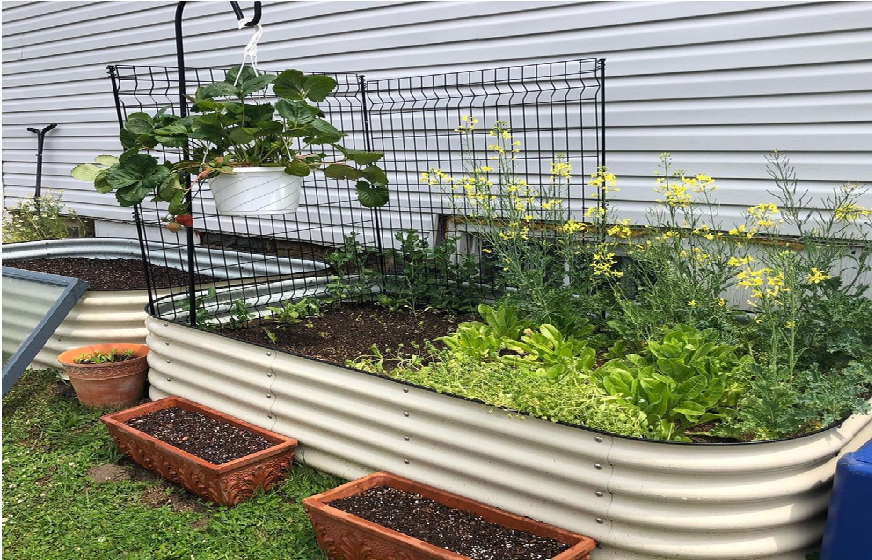Why Should We Opt For Waist-High Raised Garden Beds?

Gardening on raised beds is all the rage nowadays, especially if the native soil of your region is sand-laden, rocky, or clay. You can easily regulate the soil quality in the case of raised garden beds. This yields a better harvest and healthier plants. The only problem with raised garden beds is that you have to fill them with good quality soil. This can be pretty costly. However, as a gardener, you understand the importance of great soil. A good toilet lays down the foundation do a good growth plan. Cutting corners is not going to help in this case.
There are many advantages to opting for a galvanized steel raised garden bed. If you suffer from back pain, raised gardening is the way to go since you do not have to bend much to tilt the soil or harvest the crops. Raised garden beds also have better drainage facilities, maintain borders and quality, stay protected from rodents, pests, gophers, etc. Finally, they do not get hampered by the foot traffic, as seen in the in-ground soil case
Most people worry about how to fill a raised garden bed. Whether you are a budget-conscious person or a conscientious gardener, if you are planning to go for elevated garden beds, you can layer the soil to reduce your expenses. Budget-conscious. If you choose to go for 18” to 24” deep garden beds, you can easily stack the material in the beds and keep the 12” from the top for your good quality expensive soil.
Technique For Layering Soil In An Elevated Garden Bed
The primary thing to ensure is that all the materials you will use for layering are organic and free of petroleum and toxins. The base layer of the soil will start to degrade as and when time passes. However, when you are changing and tilling the dirt, you should remember the depth of each layer to avoid disrupting the pattern.
Wood
Start by covering the bottom section of the raised bed with a minor layer of branches, twigs, and bark. You can also involve other materials like manure and newspapers.
Low-cost soil
You can either use loom or local soil for this purpose. You can use our native soil, old potting soil, etc. Do not add soil that contains weed or is already suffering from pest infestation. You can also add grass clippings, leaf mold, etc., to this layer.
Good Quality Expensive Soil
You know that a good plant bed needs 6” to 12” of good quality soil. The bed should be filled within an inch to the top border, or you can fill it to the top. If your bed already has old soil, you can add some good-grade organic bed soil. This can be done if the old soil has dropped a few inches below the surface and you look for extra depth and higher quality.





